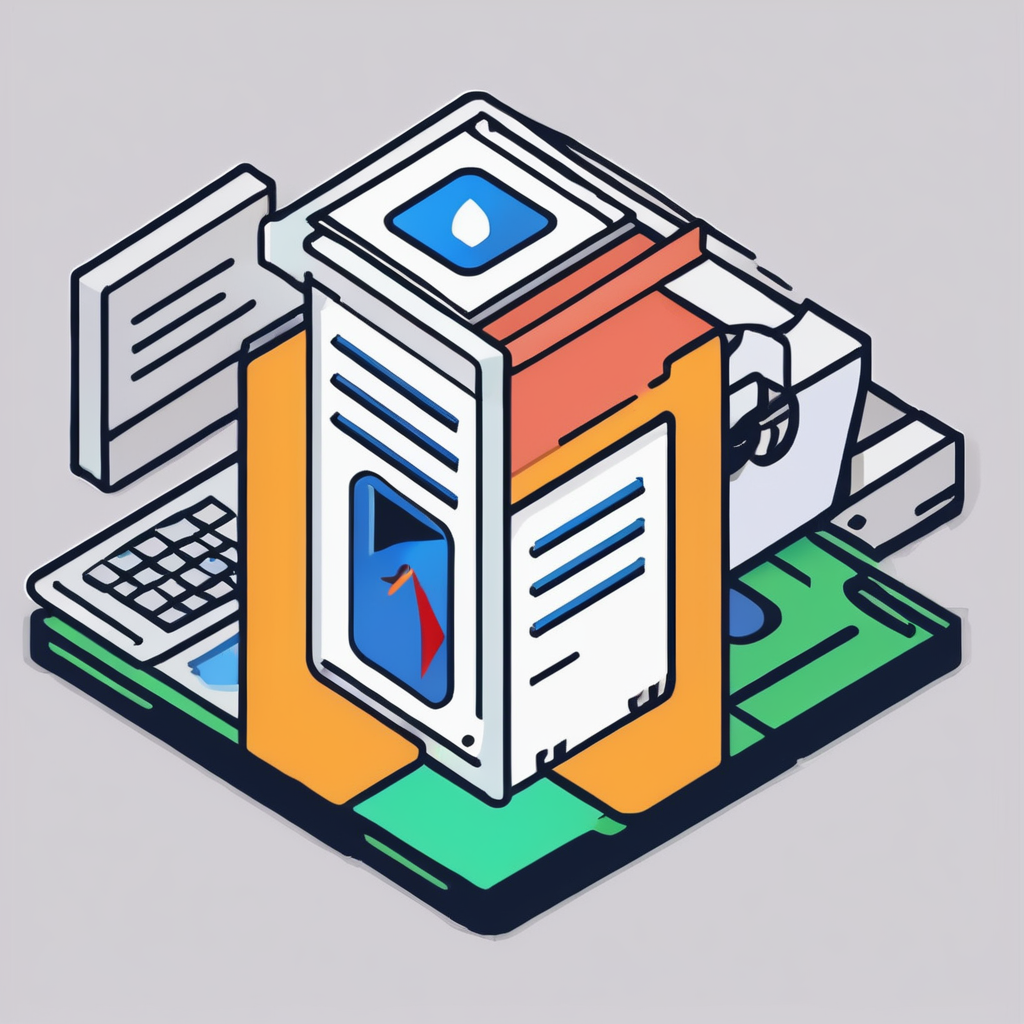The Foundation of the Internet of Things and Its Core Technologies
Understanding What is IoT begins with recognizing it as a network of interconnected devices that communicate and exchange data. These devices, embedded with sensors and software, collect and transfer information without human intervention, creating a seamless flow of data across various environments.
The heart of IoT lies in its core technologies. Sensors play a crucial role by detecting physical phenomena like temperature, motion, and humidity, converting this data into digital signals. Network technologies, including Wi-Fi, Bluetooth, and cellular connectivity, enable these devices to transmit collected data efficiently. Additionally, cloud computing serves as a backbone for IoT by providing scalable storage and processing power, facilitating real-time analytics and decision-making processes.
This might interest you : What are the challenges of implementing blockchain in the UK?
Recent advances have accelerated IoT adoption dramatically. Improvements in sensor accuracy, lower costs, and enhanced network speeds such as 5G have expanded IoT’s applicability. Furthermore, innovations in edge computing allow data processing closer to data sources, reducing latency and increasing efficiency. This synergy of technologies forms a robust infrastructure supporting the dynamic and expansive world of IoT today.
Transformative Impacts of IoT Across Major Sectors
The Internet of Things (IoT) has revolutionised numerous industries by embedding connectivity into everyday devices. In healthcare, IoT applications enable remote patient monitoring through wearables that continuously track vital signs, providing timely alerts and improving patient outcomes. Hospitals benefit from connected assets management, reducing equipment downtime and enhancing service delivery.
Have you seen this : How Could Emerging Technologies Transform User Privacy on the Web?
Transportation sees IoT use cases through smart traffic systems and connected vehicles, improving route optimisation and safety. Real-time data from sensors enable predictive maintenance and reduce congestion, making mobility more efficient.
Urban areas are evolving into smart cities by leveraging IoT applications for energy management, waste collection, and public safety. Sensors and data analytics help city planners optimise resources, reduce costs, and increase residents’ quality of life.
In manufacturing, IoT applications automate processes with precision. Connected machinery delivers data-driven insights that improve productivity and reduce errors. This automation leads to faster production cycles and better-quality outputs.
Everyday lives are enhanced by smart home solutions. Intelligent devices manage energy consumption and increase security, offering convenience and cost savings. These sector-specific IoT examples illustrate the broad, transformational potential of IoT technologies.
Key Benefits of IoT for Modern Society
The IoT efficiency revolutionizes how industries and individuals optimize resources. By connecting devices, IoT enables real-time data sharing, leading to smarter decisions that boost operational efficiency. In manufacturing, for instance, sensors monitor machinery health, preventing breakdowns and minimizing downtime—directly enhancing productivity.
Improved connectivity is another core advantage. IoT improved connectivity creates seamless communication between devices, systems, and users. This connectivity supports instantaneous responses, whether adjusting home thermostats or synchronizing traffic signals, making everyday processes smoother and more reliable.
Moreover, IoT convenience benefits deeply personalize user experiences. Smart home devices adjust lighting or play music based on habits, while wearable health gadgets provide tailored wellness insights. These features offer not just automation but meaningful, customised convenience that improves quality of life.
In summary, IoT stands as a key force for enhancing efficiency, connectivity, and convenience. Its promise extends beyond technology—into practical, enriched interactions that define modern living.
Societal Changes Driven by the IoT Revolution
The societal impact of IoT is reshaping behaviors and expectations across everyday life and industries. Smart technologies, embedded in homes, cities, and workplaces, enable seamless connectivity that influences how individuals interact, work, and consume services. This IoT-driven change encourages more efficient resource use and real-time responsiveness.
Economically, the IoT revolution fosters new opportunities by accelerating digital transformation in sectors like healthcare, manufacturing, and transportation. Businesses leverage connected devices to optimize operations and create innovative services, generating fresh markets and revenue streams.
Moreover, data-driven decision-making is becoming central to both public and private sectors. Governments access granular data to improve urban planning, traffic management, and energy distribution, enhancing citizens’ quality of life. At the same time, companies analyze IoT-generated data to tailor products and improve customer experiences. Together, these trends highlight how the IoT future society hinges on interconnected systems that drive smarter, more responsive environments benefiting everyone.
Navigating Challenges and Risks in the Age of IoT
The rapid expansion of IoT introduces significant IoT security risks and privacy concerns that demand urgent attention. Devices connected to the internet often have varying levels of security, making them potential targets for cyberattacks that can compromise personal data or even disrupt critical systems. Addressing these issues requires robust encryption standards and regular software updates to shield users from breaches.
Beyond security, the IoT challenges extend to interoperability and device standardisation. Many devices use different protocols, which complicates seamless communication and integration. Lack of unified standards hinders the full potential of smart environments and burdens both consumers and manufacturers with compatibility struggles.
Experts advocate for a balanced approach combining innovation with responsibility. This means encouraging the development of secure, interoperable solutions while promoting transparency in data handling. By focusing on these priorities, stakeholders can manage IoT’s complexities without compromising user trust or system reliability—essential for sustainable growth in the IoT ecosystem.

